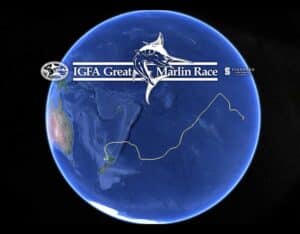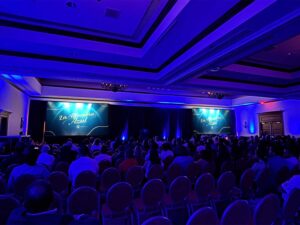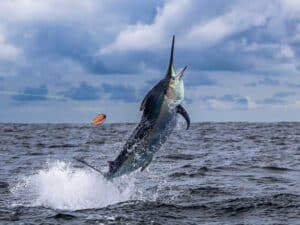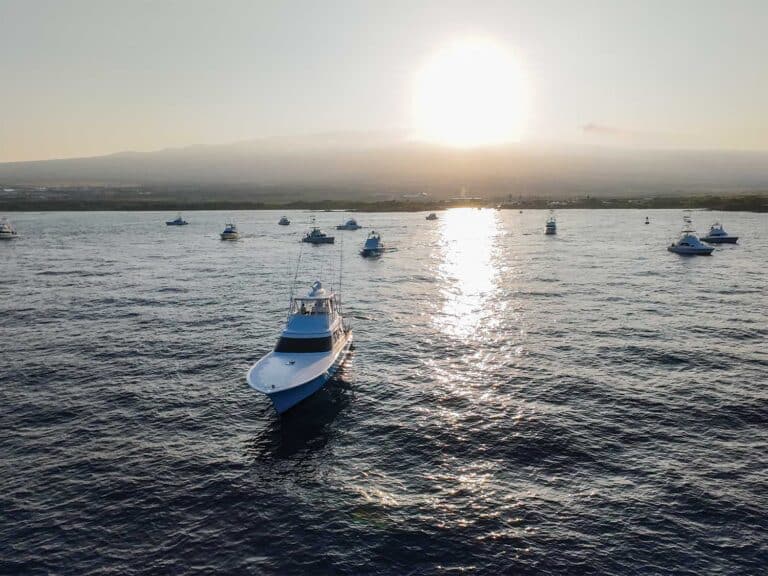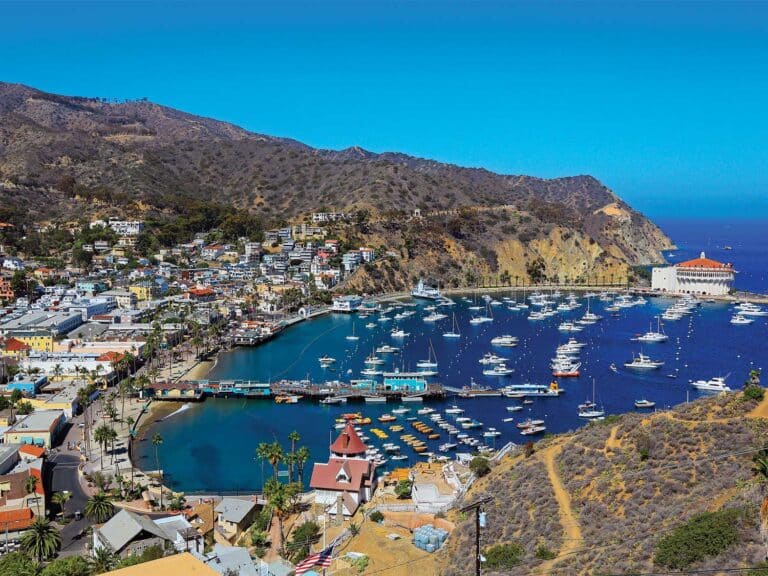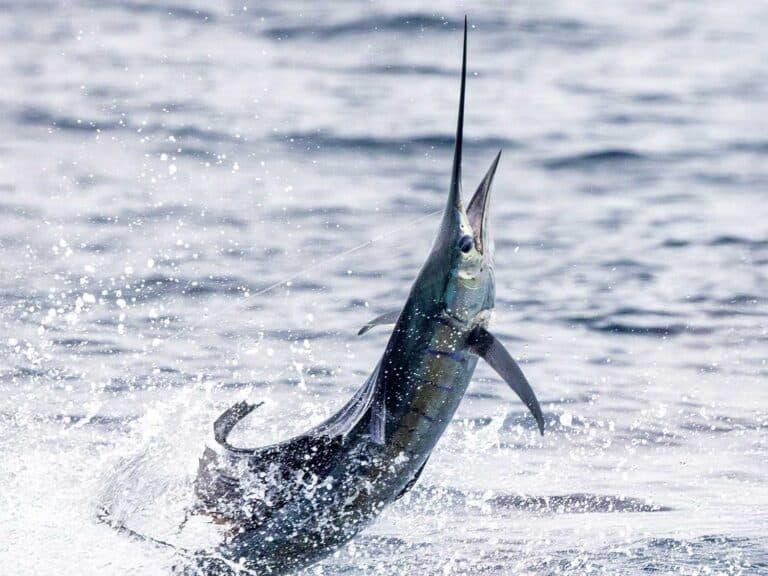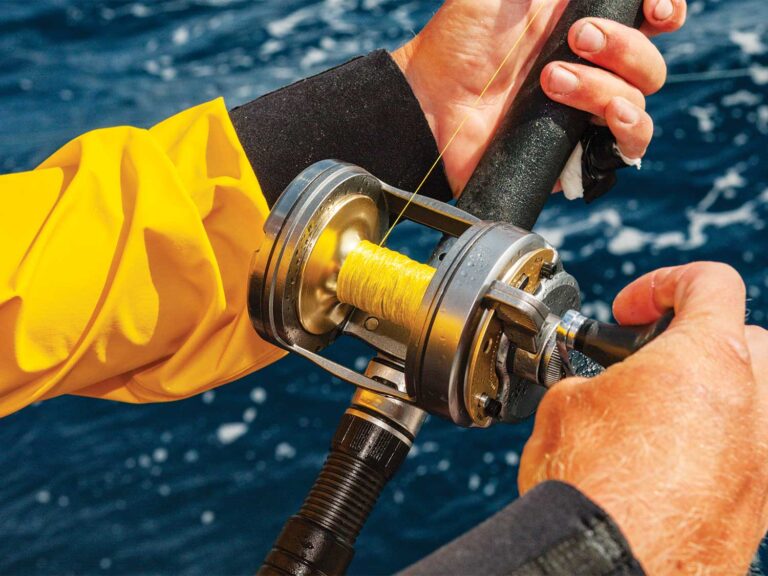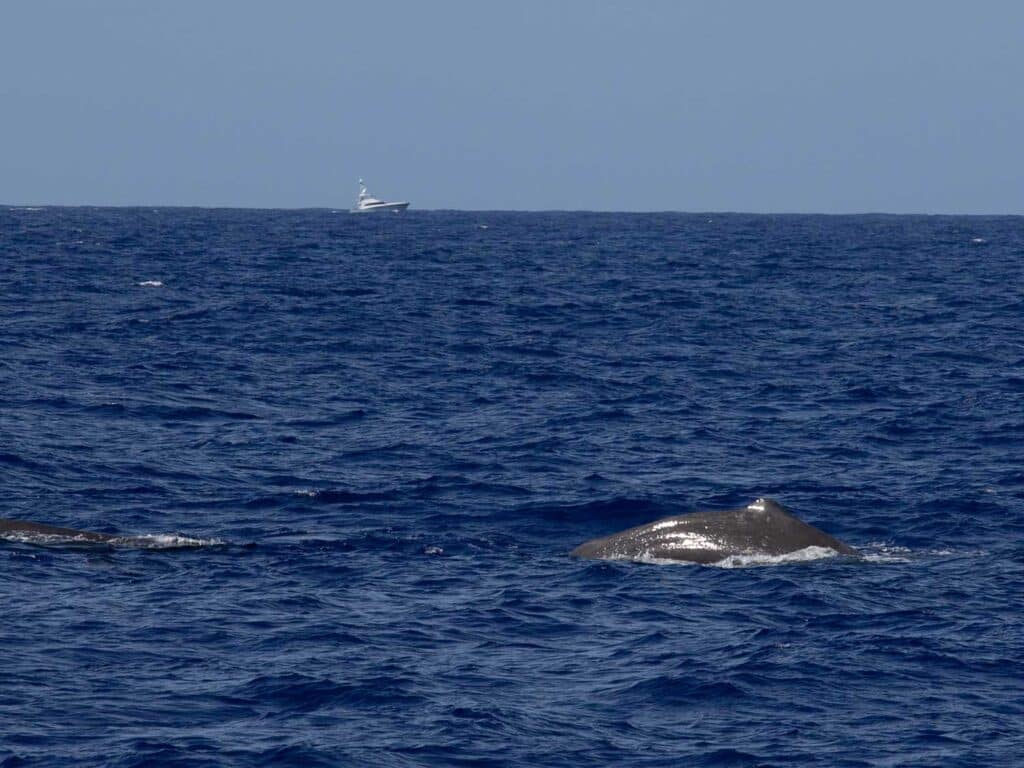
Subscribe to Marlin magazine and get a year of highly collectible, keepsake editions – plus access to the digital edition and archives. Sign up for the free Marlin email newsletter.
In a significant development for marine conservation and boaters’ rights and safety, Garmin has unveiled a new AIS-based messaging feature designed to deliver real-time whale alerts directly to Garmin chartplotters aboard vessels. The feature is poised to become a pivotal tool in efforts to reduce vessel strikes on the endangered North Atlantic right whale—a species once at the center of a heated debate over proposed speed restrictions along the U.S. East Coast.
Developed in partnership with the Whale and Vessel Safety Taskforce (WAVS), a nonprofit initiative led by the Viking Marine Group, Garmin’s innovation enables targeted safety messages to be sent to AIS-equipped Garmin systems already found aboard thousands of recreational and commercial vessels. These messages can include dynamic updates on right whale sightings, migration patterns, and temporary management zones.
“This is exactly the type of advancement needed to move pertinent data and information to vessel operators,” said John DePersenaire, WAVS Chair and Director of Government Affairs for Viking Yachts. “Garmin’s solution uses infrastructure that already exists—it’s a game-changer.”
The technology arrives at a critical moment. Just last year, NOAA proposed sweeping changes to vessel speed regulations aimed at reducing whale strikes. The proposed rule would have expanded seasonal speed zones and required all vessels 35 feet or larger to limit speeds to 10 knots in designated areas—a move that drew widespread concern from anglers, boatbuilders, and maritime businesses.
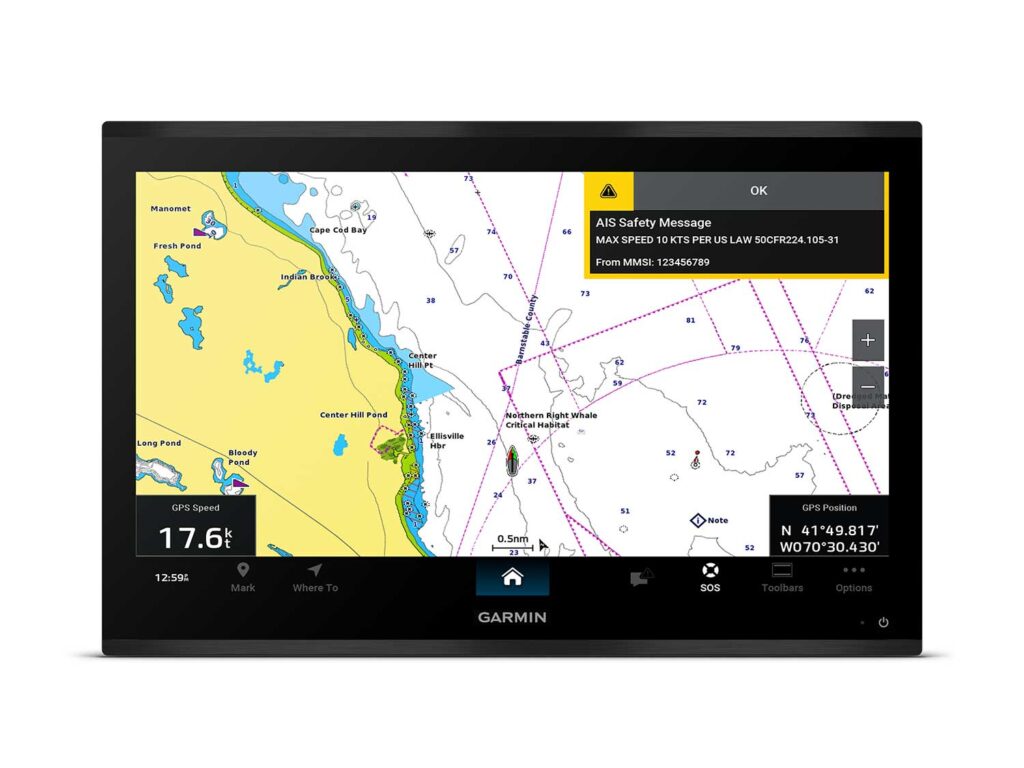
Opponents argued that the rule would have crippled the recreational boating industry and threatened access to key fisheries. Thanks to broad opposition NOAA withdrew the proposal in January 2025, but the agency made clear its intention to revisit the issue with a focus on practical, data-driven solutions.
That’s where Garmin’s AIS messaging capability shines. By enabling real-time alerts without requiring mariners to overhaul their equipment or change standard operating procedures, it provides a conservation-forward solution that also respects the needs of the boating public.
“We’re proud to play a role in advancing both maritime safety and environmental stewardship,” said Garmin’s Shaun Ruge. “This new AIS messaging capability helps support safer waterways for both people and marine life.”
The new system also lays the groundwork for future integration of whale sighting databases and predictive risk models—tools that could one day offer mariners smart routing suggestions based on near-real-time whale presence data. Additional developments such as these are also helping to negate the need for the 2008 NOAA speed restriction, which applies to boats 65 feet and larger
“This is about using the best of technology and collaboration to solve problems,” DePersenaire added. “And we’re just getting started.”
For more on WAVS and their initiatives, visit wavstaskforce.com.

